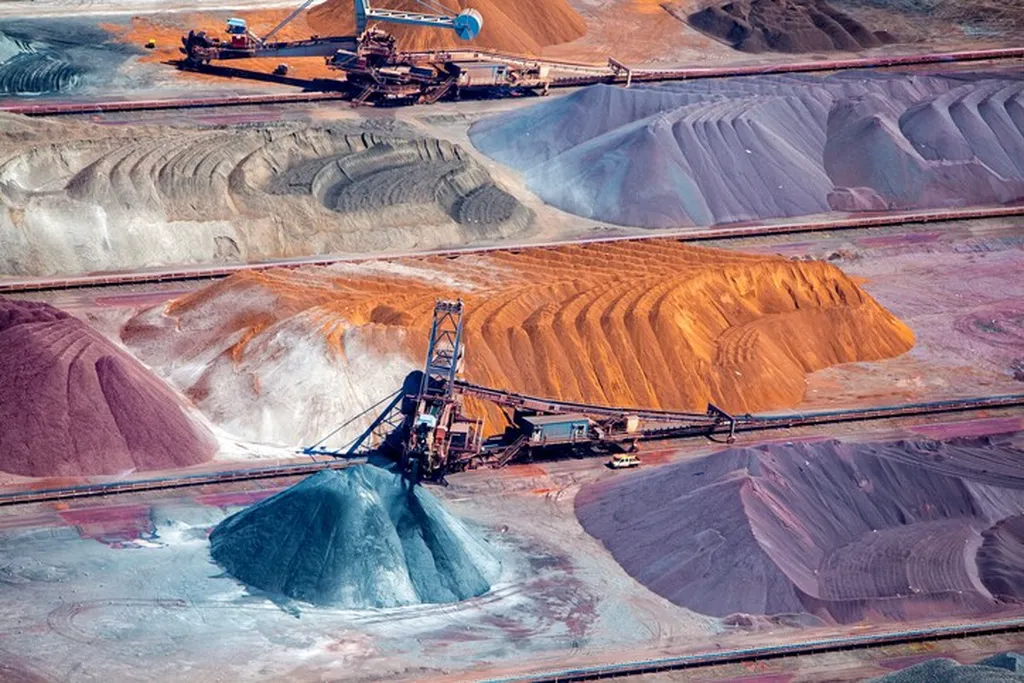In the heart of South China, a groundbreaking study is unearthing new insights into the formation of valuable mineral deposits, with significant implications for the mining and energy sectors. Wusheng Wang, a geologist from Guiyang County Dafang Mining Co., Ltd., has led a team that has deciphered the physicochemical conditions and fluid evolution pathways in the Dafang Pb–Zn–Au–Ag deposit, a significant skarn-type mineralization located in the South Hunan district. Their findings, published in *Frontiers in Earth Science* (which translates to *Frontiers in Earth Science* in English), could reshape how we approach mineral exploration and extraction.
The Dafang deposit is a treasure trove of lead, zinc, gold, and silver, with substantial reserves that have piqued the interest of mining companies worldwide. However, understanding the precise conditions under which these minerals formed has remained a challenge. Wang and his team have tackled this issue head-on, focusing on the geochemistry of sphalerite, a key mineral in the deposit.
“By analyzing the trace elements in sphalerite, we’ve been able to reconstruct the temperature and sulfur fugacity conditions during mineralization,” Wang explains. “This has given us a clearer picture of how the ore-forming fluids migrated and evolved over time.”
The study reveals that the sphalerite in the Dafang deposit can be classified into three distinct types, each with unique trace element signatures. These signatures tell a story of decreasing temperature and sulfur fugacity, pointing to a fluid migration pathway from the Lashuxia pluton towards the Maoerling pluton. This discovery is a game-changer for mineral exploration in the region.
“Identifying the Lashuxia pluton as the primary metallogenic source is a significant breakthrough,” says Wang. “It provides a clear target for future exploration efforts, potentially unlocking new mineral resources in the South Hunan district.”
The implications of this research extend beyond the Dafang deposit. By understanding the physicochemical constraints and fluid evolution pathways in skarn mineralization, mining companies can refine their exploration strategies and improve their chances of discovering new, high-value deposits. This is particularly relevant in the current energy landscape, where the demand for metals like lead, zinc, and silver is on the rise, driven by the growth of renewable energy technologies and electric vehicles.
Moreover, the study’s findings could influence the development of new mining technologies and techniques. As we move towards a more sustainable future, the ability to extract minerals efficiently and responsibly is paramount. By providing a deeper understanding of the geological processes involved in mineralization, this research could pave the way for more targeted, less invasive mining practices.
In the ever-evolving world of mineral exploration and extraction, knowledge is power. And with this new study, Wusheng Wang and his team have given the mining industry a powerful tool indeed. As we look to the future, the insights gleaned from the Dafang deposit could light the way towards a new era of discovery and innovation in the energy sector.

